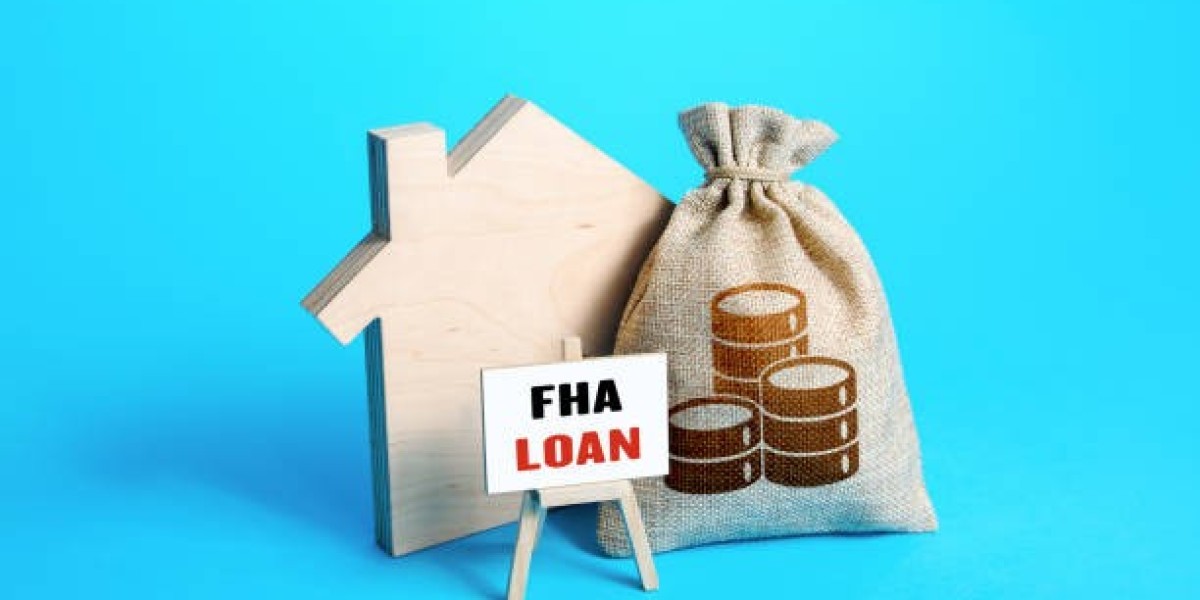While an FHA mortgage loan is a powerful tool for homebuyers, it comes with a specific set of rules, including maximum borrowing limits. The FHA loan limit is the maximum amount of money you can borrow for a single FHA-insured mortgage. These limits are not uniform across the country. They are set annually by the Federal Housing Administration and are based on the median home price in a specific county or metropolitan statistical area (MSA).
Understanding the limits for FHA mortgage loans is crucial for anyone considering this type of financing, as it can directly impact what you can afford to buy. This article will explain what FHA mortgage loans limits are, how they are determined, and how they can vary by location and property type, giving you the knowledge you need to navigate the housing market effectively.
What Are FHA Mortgage Loans Limits?
FHA mortgage loans limits, also known as FHA mortgage limits, are the maximum loan amounts the FHA will insure. They are a cap on the size of the loan, not the value of the property. The FHA sets these limits to ensure that its program is primarily used to serve low-to-moderate-income families and that it does not compete with the conventional loan market for high-cost properties.
The limits are subject to change each year and are updated to reflect shifts in the housing market. For 2025, the limits for FHA mortgage loans are broken down into three categories:
Low-Cost Areas: These are areas where the median home price is below the national average. The FHA sets a minimum "floor" for these areas, which is 65% of the national conforming loan limit for conventional loans. For 2025, this limit is $524,225. This applies to all FHA mortgage loans in these areas.
High-Cost Areas: These are areas where the median home price is above the national average. The FHA sets a "ceiling" for these areas, which is 150% of the national conforming loan limit. For 2025, this limit is $1,209,750. All FHA mortgage loans in these high-cost areas must not exceed this amount.
Special Exception Areas: These are regions like Alaska, Hawaii, Guam, and the U.S. Virgin Islands, where the cost of living is significantly higher. They have a separate, higher loan limit.
How FHA Mortgage Loans Limits Are Determined
The FHA calculates loan limits using a specific formula tied to the conforming loan limits set by the Federal Housing Finance Agency (FHFA) for Fannie Mae and Freddie Mac. The standard conforming loan limit is used as a benchmark, and the FHA calculates a floor and a ceiling based on that number. The limits for FHA mortgage loans are carefully calibrated.
The FHA will set the loan limit for a particular county or MSA at 115% of the median home price for that area.
However, this figure cannot be lower than the national floor or higher than the national ceiling.
This means that even if a county's median home price is very low, the FHA mortgage loans limit will not fall below the national floor. Conversely, if a county's median home price is extremely high, the FHA mortgage loans limit will not exceed the national ceiling (except in the special exception areas). This approach ensures a balance between serving a wide range of communities and keeping the program focused on its core mission.
FHA Mortgage Loans Limits by Property Type
The limits for FHA mortgage loans also vary based on the number of units in the property you are financing. You can use an FHA mortgage loan to purchase a one- to four-unit property, as long as you intend to live in one of the units as your primary residence.
One-Unit: The standard FHA mortgage loans limit applies.
Two-Unit (Duplex): The limit is higher, allowing you to finance a more expensive property.
Three-Unit (Triplex): The limit is higher than for a duplex.
Four-Unit (Fourplex): The limit is the highest of all, as it allows for financing a larger, multi-family property.
This is a great option for those looking to buy a home and generate rental income simultaneously. The rental income from the other units can help you qualify for the loan and make your mortgage payments more manageable.
The Impact of Loan Limits on Your Home Search
The limits on FHA mortgage loans are an important consideration, especially in competitive real estate markets.
In low-cost areas, the FHA mortgage loans limit may be more than enough to cover the cost of a home, giving you plenty of options.
In high-cost areas, it's essential to know the limit and ensure that the homes you are interested in fall within that range. If a home is priced above the FHA mortgage loans limit, you will need to look into other financing options, such as a conventional loan.
It's also important to remember that the FHA mortgage loans limit is the maximum loan amount, not the maximum purchase price. If you have a larger down payment, you can still purchase a home that is priced higher than the loan limit. For example, if the FHA mortgage loans limit is $500,000 and the home is priced at $550,000, you can still use an FHA mortgage loan if you are able to make a $50,000 down payment.
Conclusion: Plan Your Purchase with FHA Mortgage Loans Limits in Mind
The limits for FHA mortgage loans are a fundamental part of the FHA loan program. They ensure the program serves its intended purpose of helping low-to-moderate-income borrowers. By understanding how these limits are determined and how they vary by location and property type, you can effectively plan your home search and financing strategy. Always check the current FHA mortgage loans limits for your specific area before you begin house hunting to ensure you are looking at properties that fall within your borrowing power.






